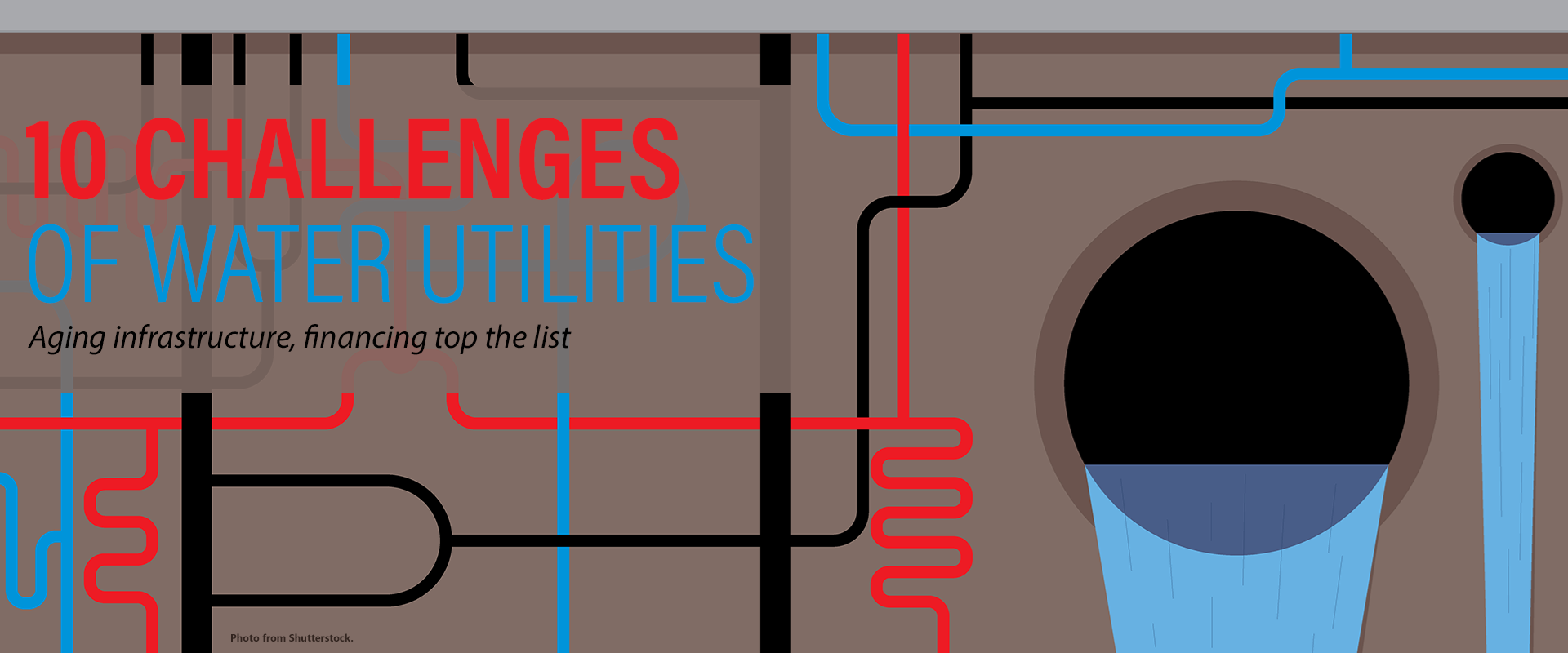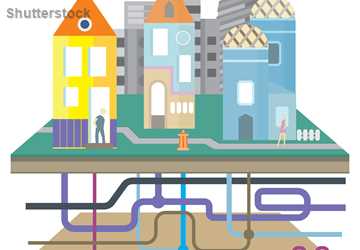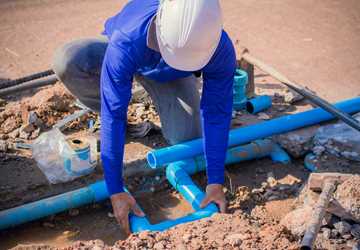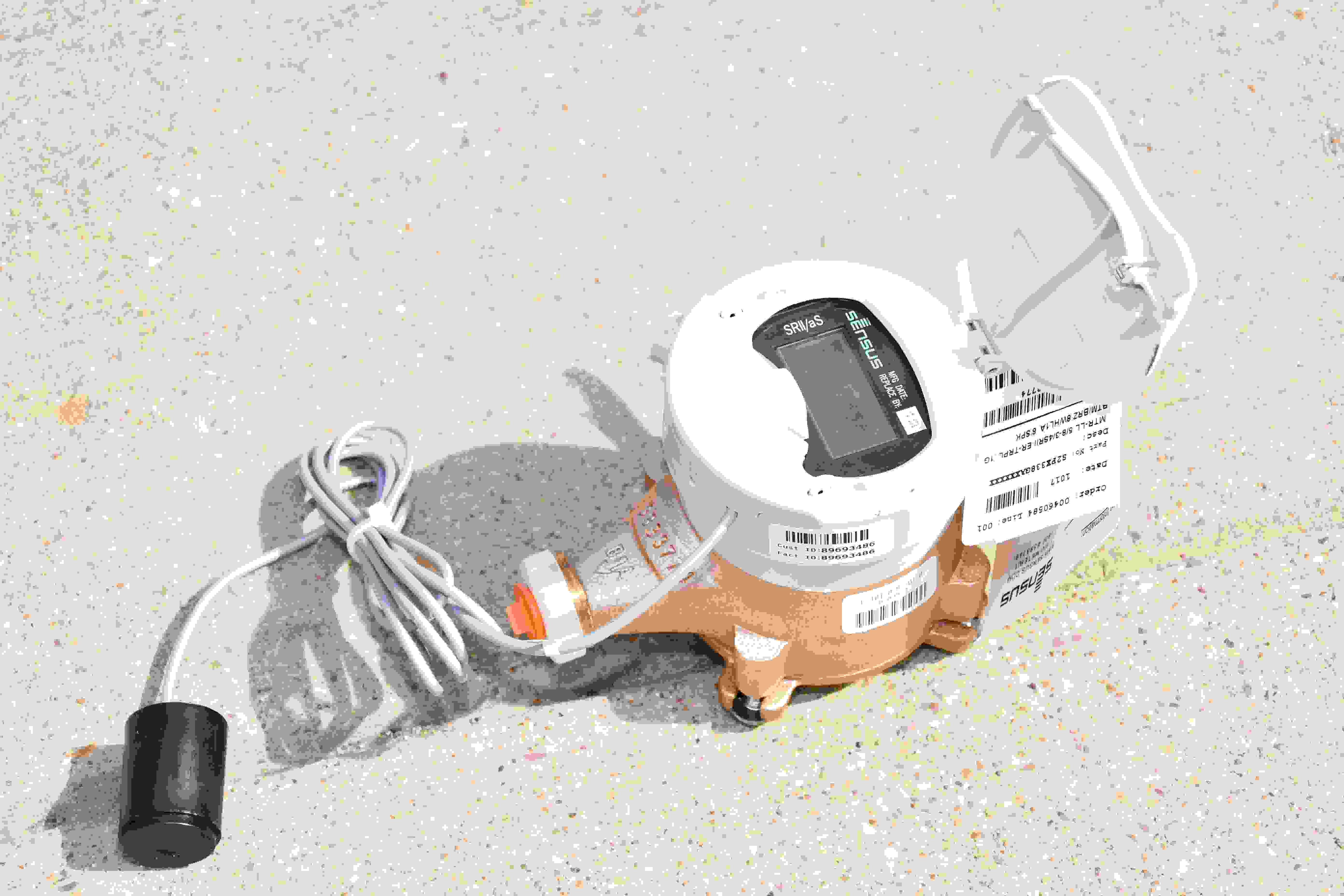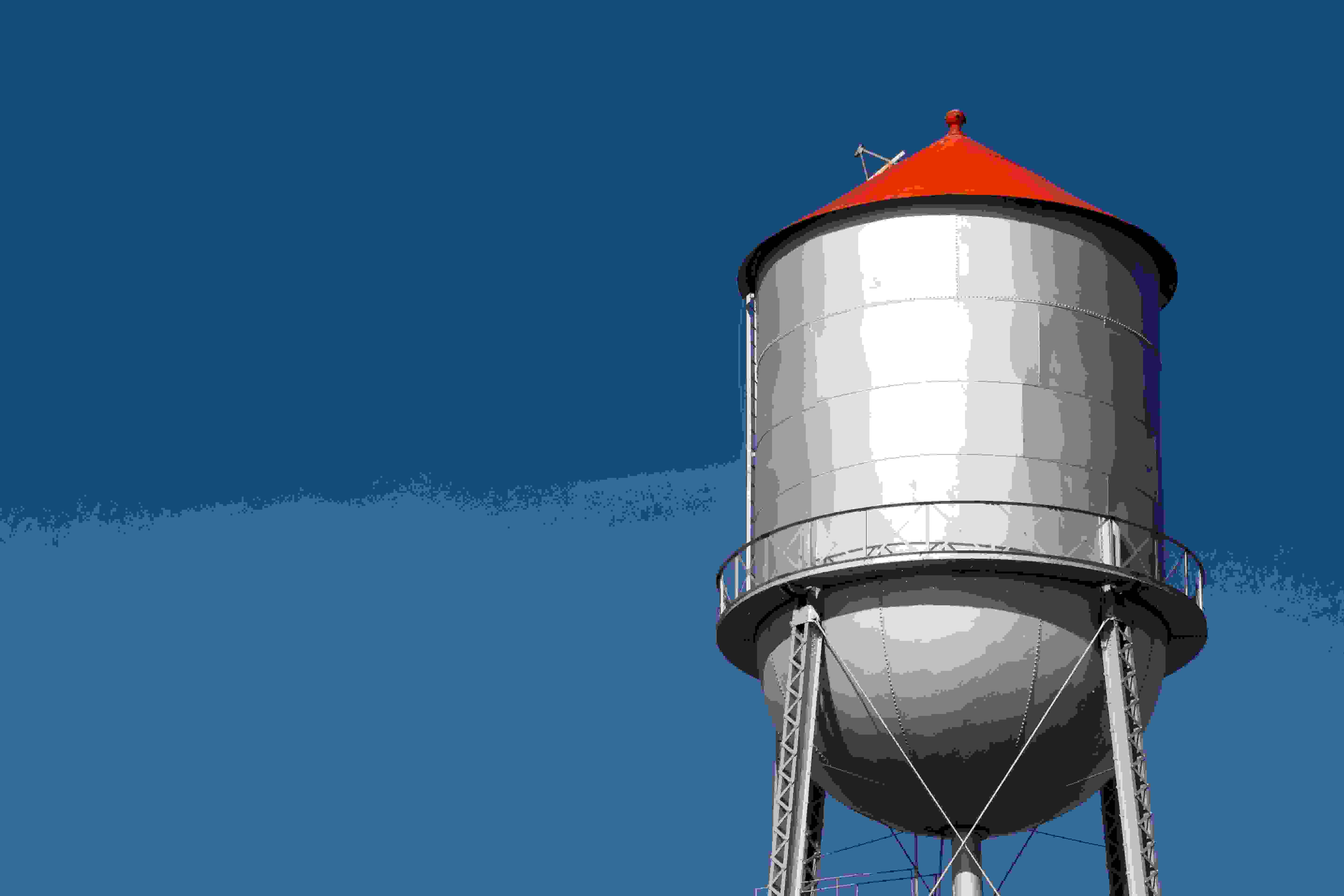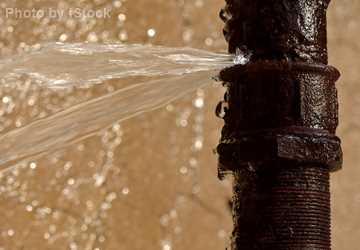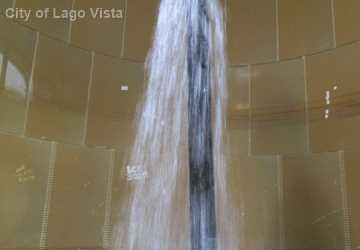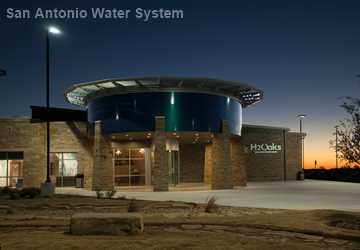One million miles of pipes deliver drinking water across the country, according to the American Society of Civil Engineers’ (ASCE) 2017 Report Card for America’s Infrastructure, and many of those pipes are in need of modern-day upgrades.
Some water utility systems still have pipes that were installed in the 1800s; most are from the early- to mid‐20th century and have a 75-100 year lifespan.
Pipes connect everything within the water infrastructure, supplying 42 billion gallons of water a day in the United States. Water infrastructure can include reservoirs, pump stations and treatment plants, in addition to the many different sizes of pipes such as water mains, sewage lines and storm drains.
Dorothy Young, Texas Commission on Environmental Quality program specialist, said the list of challenges that Texas water utilities face is as varied as the systems.
The challenges
1. Aging infrastructure
The American Water Works Association (AWWA)’s 2018 survey of water industry professionals lists renewal and replacement of aging water and wastewater infrastructure as the top issue facing the water industry.
Renewal and replacement of aging water and wastewater infrastructure is a top issue facing the water industry today.
More information
- American Society of Civil Engineers’ 2017 Report Card for America’s Infrastructure
- American Water Works Association's 2018 State of the Water Industry Report
- Texas Water Development Board’s 2017 State Water Plan
Want to get txH20 delivered right to your inbox? Click to subscribe.
Dr. Ali Mostafavi, assistant professor in Texas A&M University’s Zachry Department of Civil and Environmental Engineering and director of the Urban Resilience, Networks and Informatics Lab, said all aging infrastructure is a national challenge, but particularly water infrastructure.
With water infrastructure, Mostafavi said municipalities and utilities are having to upgrade very old systems including underground water distribution, levees, reservoirs and flood channels.
“In high magnitude events, there is the risk of aging systems failing, like we saw during Hurricane Harvey,” he said.
2. Leaking pipes
Young said water loss from leaking pipes is one of the biggest challenges that water utilities encounter.
According to ASCE, 6 billion gallons of treated water are lost every day in the United States due to leaking pipes, and an estimated 240,000 water main breaks occur each year.
“Water loss is a big problem,” Young said. “Not only are you losing water, you’re losing money. And there is always the risk of contamination when you’ve got leaks in your line.”
6 billion gallons of treated water are lost every day in the United States due to leaking pipes, and an estimated 240,000 water main breaks occur each year.
3. Financing improvements
Financing capital improvements is another issue water utilities face, specifically in small and rural systems.
Young said because populations are smaller within these systems, they generate less revenue compared to larger utilities, but some utilities also pride themselves on keeping the rates low.
“Often times, a lot of rural water systems have artificially low rates,” Young said. The profits made from charging these low rates may not be enough to cover expenses for day-to-day operations or emergency accounts.
“That’s a tough issue for a lot of little communities and can get a lot of systems in trouble,” she said. “Then they can’t pay their operators, buy their chemicals, pay their lab fees and make the repairs they need to.”
4. The value of water
Public understanding of the value of water systems, services and resources has been listed in the AWWA report’s top five water industry concerns for several years in a row.
Young said many people don’t understand what water is worth, and that rates need to cover the cost of producing water.
However, according to AWWA’s 2018 report, 68 percent of the water industry professionals surveyed believe residential customers would react negatively or very negatively to a rate increase.
“People seem to be willing to pay a whole lot more for cable TV than for water,” Young said, “but water is essential.”
5. Long-term water supply
Long-term water supply availability was also one of the top issues on AWWA’s list.
The population of Texas is expected to increase more than 70 percent between 2020 and 2070, from 29.5 million to 51 million. Its municipal water demands are projected to grow from 5.2 million acre-feet per year in 2020 to 8.4 million acre-feet in 2070, according to Texas Water Development Board’s (TWDB) 2017 state water plan.
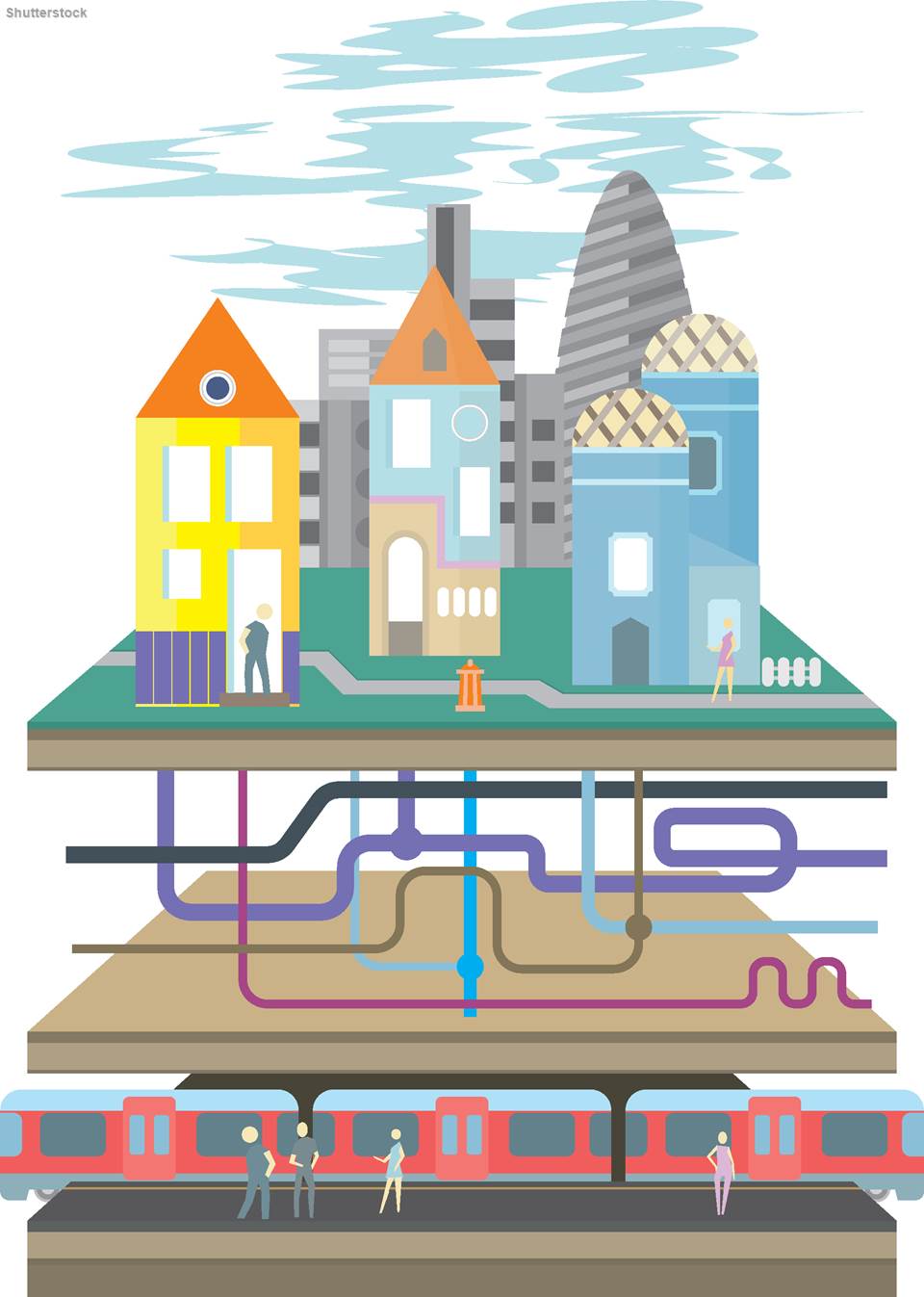
People seem to be willing to pay a whole lot more for cable TV than for water, but water is essential.
6. Water contamination
Young said some systems may be exposed to natural contaminants.
“There are well-run water systems, but the groundwater may have naturally occurring arsenic or fluoride or radionuclides, and those are very expensive to treat,” she said.
Water contamination issues are sometimes the result of aging pipes that contain lead or copper. Contamination can also occur because of bacteria or flood waters causing sewer overflow or salt water intrusion.
7. Retirement and talent attraction, retention
Many water utility workers are expected to retire, creating the need to attract and retain new workers. The Bureau of Labor Statistics estimated that 8.2 percent of existing water operators will need to be replaced annually between 2016 and 2026. (See “Water, but No Workers.”)
8. Population fluctuation
Although Texas’ population is predicted to increase in the next 50 years, not all areas of Texas are growing, and rural counties are losing residents to metropolitan areas.
Mostafavi said water systems will have less customers in areas with shrinking populations, “and, therefore, their revenue base goes down, and then they have less funding for upgrading already less functional aging systems. That’s a huge challenge.”
Additionally, where there is more population growth, Mostafavi said that aging infrastructure doesn’t have the capacity to absorb that growth. “Cities with high population growth will have a higher revenue base, but the renewal of the system will be tricky because you cannot replace the entire water distribution system in a short period of time,” he said.
9. Implementing innovative technology
Using innovative technology can improve the performance of water systems and the relations between the water utility and customer.
In the AWWA report, water industry professionals cited economics as the biggest barrier to innovation at their utility, followed by regulatory constraints and risk concerns.
Texas has $8.76 billion in drinking water infrastructure needs over the next 20 years.
10. Infrastructure resiliency and emergency preparedness
Mostafavi said Texas communities need to address how to make their water utility systems more resilient, especially during natural disasters and changes in weather patterns.
“I think resiliency is very relevant to Texas when you have increasing patterns of extreme events like Hurricane Harvey,” he said. “We saw how many communities received boil water notices because of the flooding, and that is because of the aging pipelines and the infiltration of the flood water into the water distribution system, and that’s concerning.”
Solving challenges
The needs of each water utility vary; solutions are not one-size-fits-all.
Mostafavi said he is investigating using innovative infrastructure to improve the performance of water systems in growing or shrinking cities. For some cities, Mostafavi said a dual distribution system could be a viable solution.
“If a city has an old system and an increasing population, why not use the old system for nonpotable water and build a new system for potable water use?” he said.
On the other hand, he said shrinking cities may need to decommission parts of their systems and operate under a smaller user base.
Improving efficiency
Innovation and technology, as well as asset management, can play a big role in the success and efficiency of water utilities.
To better understand water systems’ underground conditions, Mostafavi said water utilities could use sensors and artificial intelligence to predict infrastructure failures and make more informed decisions.
“We don’t want to build the same pipelines that we used to build 40, 50, 60 years ago,” Mostafavi said. “The issue is that if the pipeline system is already very old, we cannot install sensors on it. So that’s part of the reason for a smart renewal of infrastructure.”
Some cities’ pipeline systems are more advanced, with asset management systems that periodically evaluate their pipe conditions, Mostafavi said. Systems can receive more location-specific data about pipe conditions by sending robots into pipelines and water mains to inspect them.
“We need to have a good understanding of the situation,” he said. “If we can deploy smart technology, we will be able to have better decision-making and be more proactive rather than reactive.”
Because of funding issues, Mostafavi said most of the cities he has investigated only replace pipes when they burst, instead of replacing them proactively. “Even for areas where pipe condition data is available, if water systems don’t have the funding, renewal would be delayed,” he said.
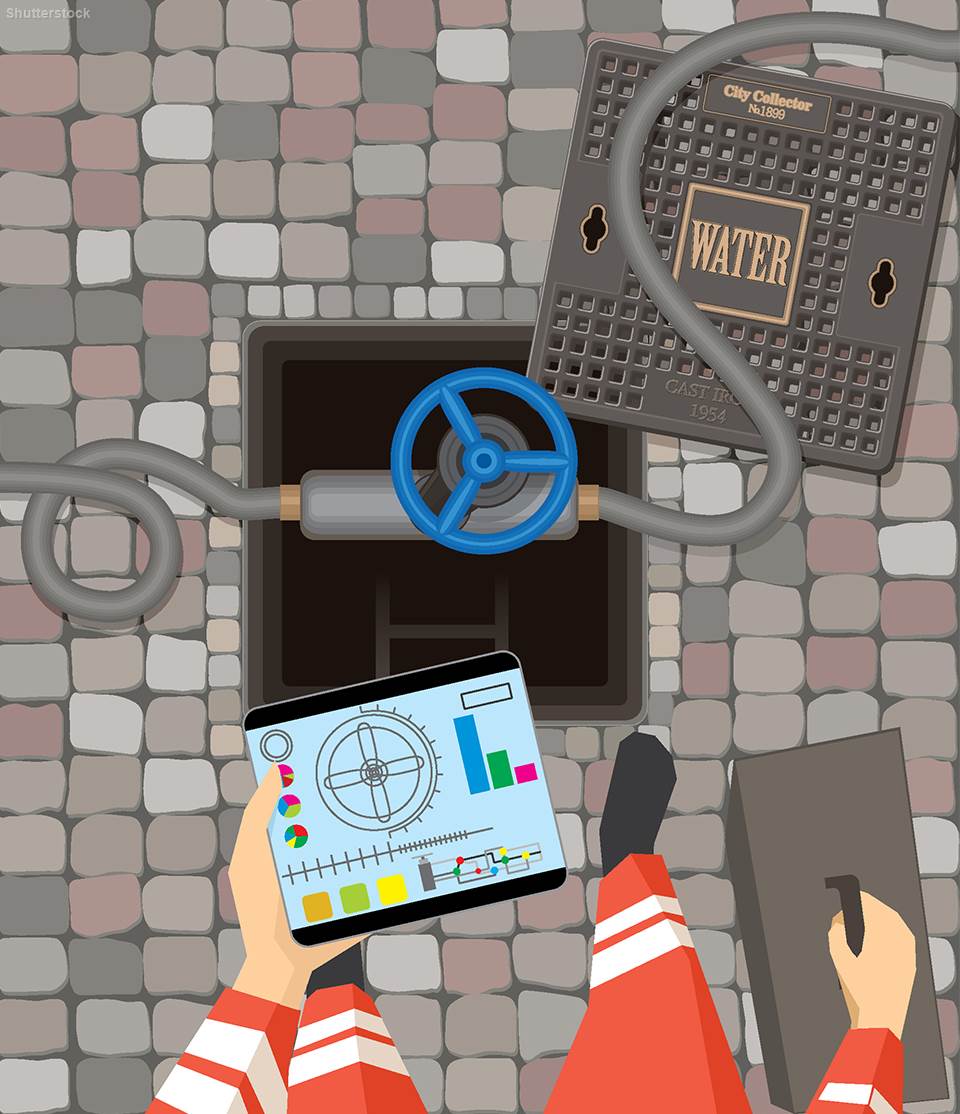
If we can deploy smart technology, we will be able to have better decision-making and be more proactive rather than reactive.
Mostafavi’s research has shown that delays can increase the lifecycle cost of water infrastructure systems tremendously.
Another key point in planning the future of smart urban water systems, he said, is for water utilities to always account for the dependencies that their systems have on other systems.
“What systems upstream and downstream do water systems rely on, and what systems rely on water supply? What would systems like the hospital do if the water quality is less than standard? Thinking about how these systems are interdependent is required for planning urban water infrastructure,” Mostafavi said. “This will require a change of mindset by the utilities and municipalities to have more cooperative system planning, especially for improved resiliency.”
Explore this Issue
Authors
As a communications specialist for TWRI, Sarah Richardson works with the institute's communications team leading graphic design projects including TWRI News, flyers, brochures, reports, documents and other educational materials.

